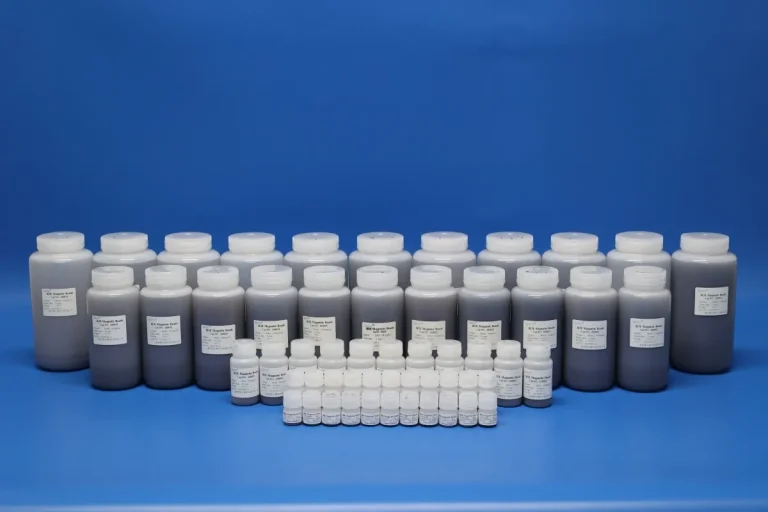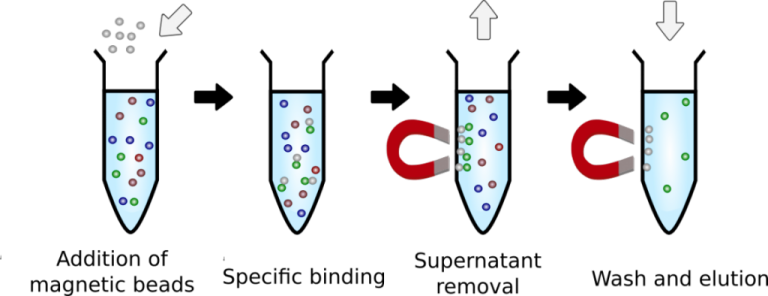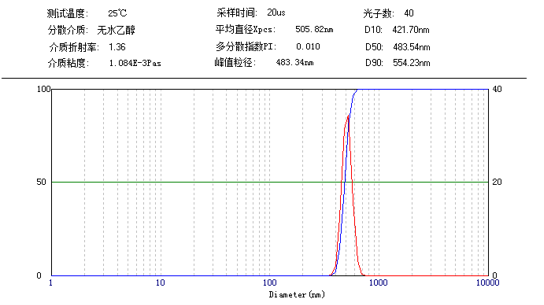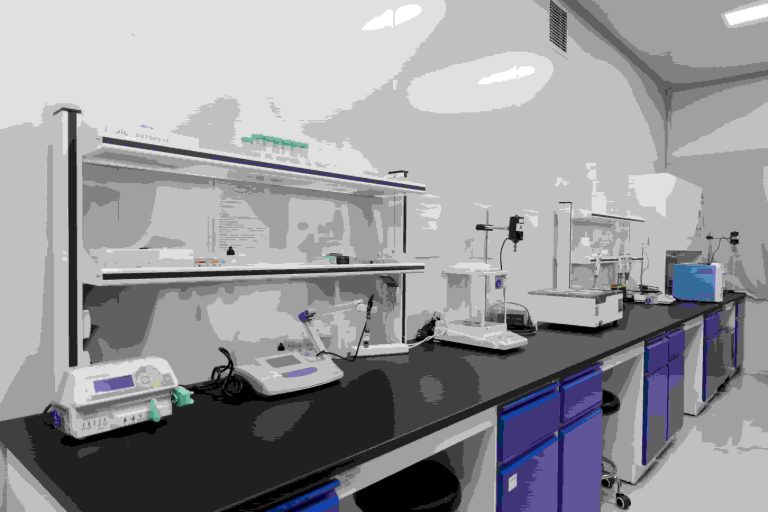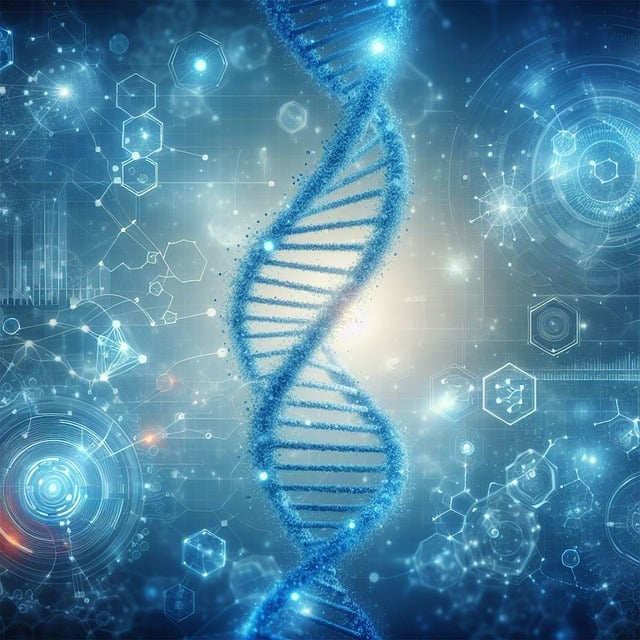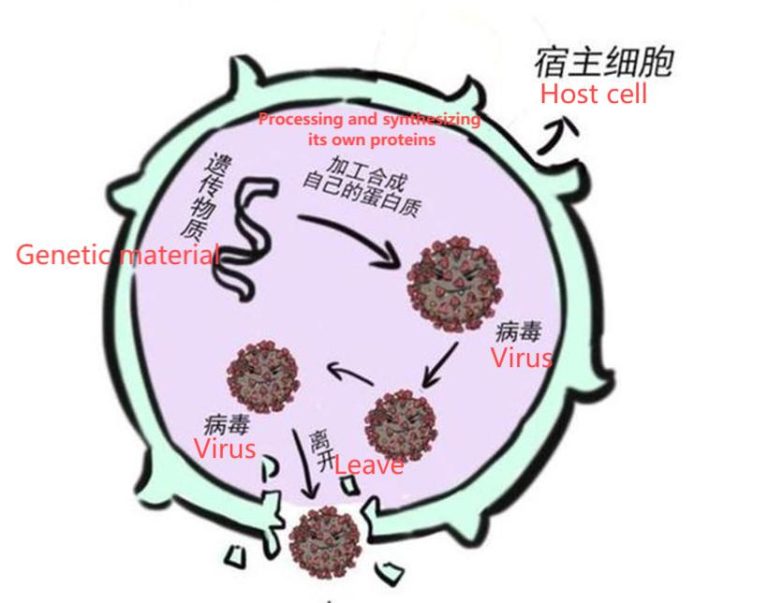Professional Manufacturer of Biomagnetic Beads
High-quality RNA is indispensable for many downstream applications, so RNA extraction reagents play a crucial role in scientific research. Magnetic bead RNA extraction reagents have a wide range of specific applications in different scientific fields.
1. Gene Expression Analysis
Researchers can use extracted RNA to quantify the expression levels of specific genes or the entire transcriptome by techniques such as qRT-PCR, ddPCR, microarrays, and RNA-seq. This helps to understand the activity changes of genes under different conditions.
2. Non-coding RNA Research
Non-coding RNAs, including miRNA and lncRNA, play important roles in regulating gene expression. RNA extraction reagents can help scientists obtain these small molecular RNAs from samples for functional analysis and mechanism exploration.
3. Disease Diagnosis and Biomarker Discovery
RNA in blood, tissues, or other body fluids can serve as potential disease biomarkers in medical research. It is possible to identify disease states, predict disease progression, or evaluate treatment outcomes by efficiently extracting and analyzing these RNAs.
4. Virus Detection and Classification
RNA extraction is the first step in obtaining viral genetic material from patient samples for research and clinical diagnosis of viral diseases, such as COVID-19 (SARS-CoV-2). Subsequently, specific sequences can be amplified and detected through methods like RT-PCR.
5. Plant Science
RNA extraction is used to monitor gene expression changes during stress responses and developmental processes, as well as to verify the results of gene editing in plant breeding and stress biology research.
6. Cell Signaling Pathway Research
Understanding the expression of key genes is very important when studying cell signaling pathways. RNA extraction enables scientists to track changes in important members of these pathways, thereby revealing how they regulate cell behavior.
7. Protein Synthesis and Modification Research
mRNA is the direct template for protein synthesis, so the extraction and analysis of mRNA can directly reflect the protein synthesis within cells. In addition, modifications on mRNA (such as m6A methylation) can be analyzed to explore their impact on translation efficiency.
8. Drug Development and Toxicity Testing
RNA extraction can be used to assess the effects of candidate drugs on target gene expression or to detect potential toxic side effects, such as observing the expression changes of stress response-related genes in liver and kidney tissues in the process of drug development.
9. Environmental Monitoring
RNA extraction is also applied in environmental microbiology to investigate the structure and activity of microbial communities in the environment, especially in the study of unculturable microorganisms.
Choosing the appropriate RNA extraction reagent is crucial to ensure the reliability and accuracy of experimental results. Different sample types (such as blood, tissues, bacteria, plant materials, etc.) require suitable extraction methods to guarantee the quality and integrity of RNA. In addition, considering the susceptibility of RNA to degradation, maintaining a strict RNase-free operating environment during the extraction process is also a key factor for success.
Supplier
Shanghai Lingjun Biotechnology Co., Ltd. was established in 2016 which is a professional manufacturer of biomagnetic materials and nucleic acid extraction reagents.
We have rich experience in nucleic acid extraction and purification, protein purification, cell separation, chemiluminescence, and other technical fields.
Our products are widely used in many fields, such as medical testing, genetic testing, university research, genetic breeding, and so on. We not only provide products but also can undertake OEM, ODM, and other needs. If you have a related need, please feel free to contact us at sales01@lingjunbio.com.


